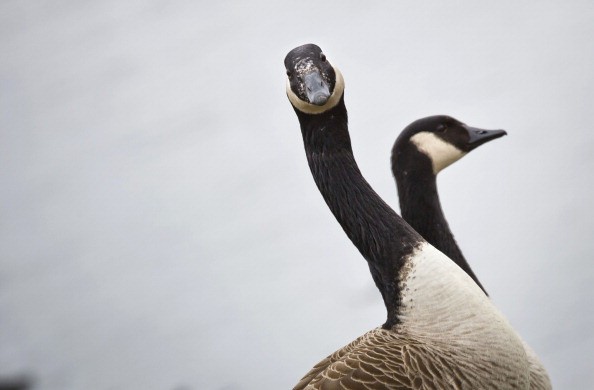Rapid global warming could harm animals and ecosystems. The population of arctic geese is no stranger to warming temperatures, but they found a way to adapt.
The growing concern about climate change has impacted the environment and animals, causing significant warming events that could result in migration and difficulty adapting.
New research looked into how the population of Arctic geese managed to find a migratory route that benefits their existence.
The research title is Rapid Formation of New Migration Route and Breeding Area by Arctic Geese. The findings were published in the Current Biology journal.
Arctic geese population and global warming
Rapid global warming has significantly affected wild animals from land and the ocean. Prolonged drought, habitat loss and exploitation pushed animals to find a new habitats to survive.
According to NOAA Arctic, arctic geese are also known as long-distance migrants depending on the current environmental conditions.
- The report explained that the population of arctic geese is considered stable.
- The emergence of artic geese also reveals signs of environmental indicators or changes.
The new study discovered that the population of arctic geese managed to adapt and unlock new migratory areas that were distant from their previous habitats.
New migratory route and adaptation

Meanwhile, the study noted how the arctic thrived in new areas. The researchers said that they employed GPS tags to map the locations of arctic geese.
- The researchers also looked into the nest success and location of the artic geese.
- Meanwhile, the study explained the effects of changing temperatures in the spring season that caused the establishment of new migratory areas.
Furthermore, the researchers explained that they had been monitoring the pink-footed geese for about 35 years.
The researchers added they managed to look into the pink-footed goose breeding areas traveling to Novaya Zemlya, Russia.
The study showed that the new breeding grounds as 1,000 away from Svalbard. Amazingly, the population of arctic geese grew from 3,000 to 4,000.
The study can also be read on the Phys.org website.
According to Jesper Madsen from University in Denmark, the new breeding grounds gave hope for ecological rescue despite the challenges and impact of climate change.
Moreover, the researchers added that the arctic geese showed a remarkable way of following individuals to new areas or routes.
Climate change impact on birds
Climate change and global warming have a significant impact on the environment. Human-induced climate change could worsen the situation, making it more difficult for animals to adjust and thrive.
As a result, monitoring and conservation efforts for species, especially endangered ones, are crucial.
According to USDA FS Climate Change Resource Center, climate change and increasing temperatures could impact birds population. Being sensitive to changing temperatures could affect breeding grounds and migration.
Due to warming events, birds would exert more energy in looking for new migratory areas to thrive.
Related Article: How Labyrinthine Shape in Lake Saimaa Helps Save Endangered Saimaa Ringed Seal From Population Decline
For more similar stories, don't forget to follow Nature News.
© 2026 NatureWorldNews.com All rights reserved. Do not reproduce without permission.





